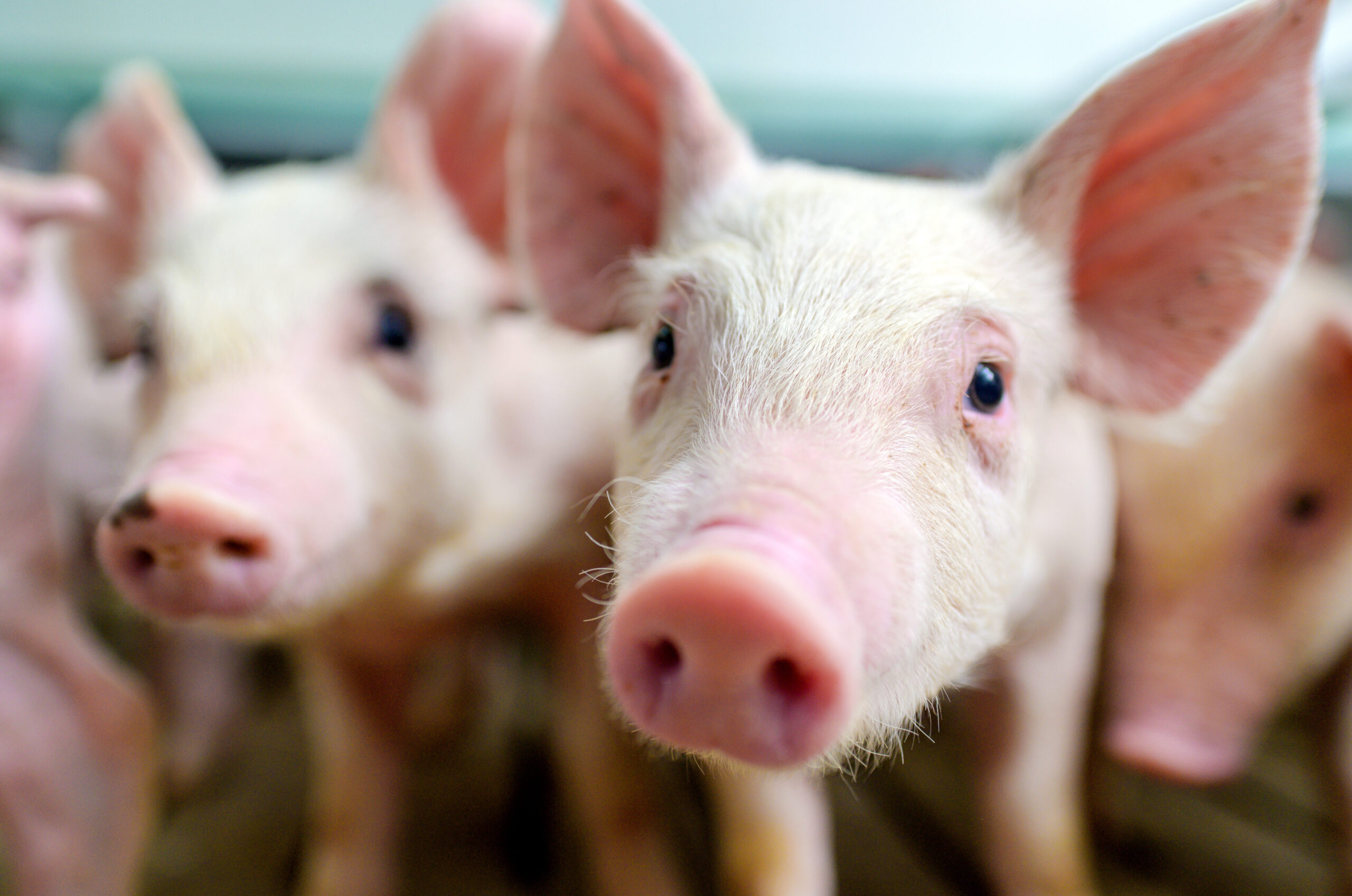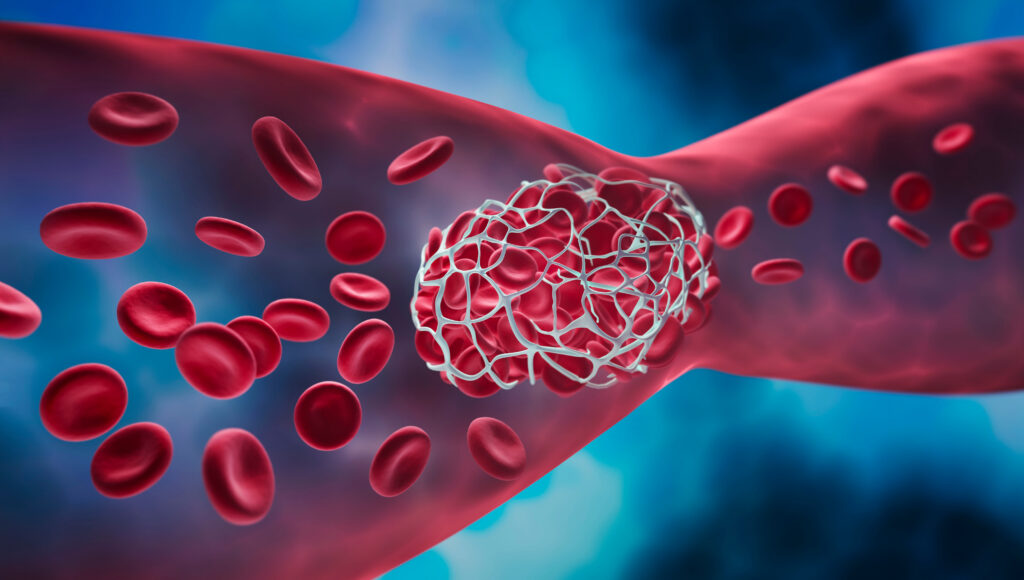Research Roundup NC State Veterinary Medicine, April 2024
Old and new, near and far. From understanding the genetic material of 15th century parchment to evaluating how transportation vehicles can affect disease spread and establishing best practices for veterinary care and treatment, there is innovation at every corner at the NC State College of Veterinary Medicine. Here’s a look at some of the most recent work from our life-changing researchers.

Feline Health Experts Outline Guidelines on Pain Management in Cats
Taylor S, Gruen M, KuKanich K, X Lascelles BD, Monteiro BP, Sampietro LR, Robertson S, Steagall PV.
Non-steroidal anti-inflammatory drugs, commonly referred to as NSAIDs, are widely used for pain management in both humans and pets. When prescribing and administering these drugs to cats long-term, veterinarians and owners should be aware of how they affect the unique feline metabolism and could negatively interact with other medications. This need for clearer feline drug information prompted a panel of experts from the International Society of Feline Medicine and the American Association of Feline Practitioners to create a set of guidelines on NSAIDs’ long-term use. Faculty from NC State’s Department of Clinical Sciences are among the clinician scientists who consulted their own expertise and the most up-to-date research to set pharmaceutical guidelines that will not only provide practitioners with vital information and advice on the appropriate use of NSAIDs for chronic pain management, but also support caregivers to optimize their cats’ quality of life.
The Guidelines and corresponding research was published in the Journal of Feline Medicine and Surgery and can be read here.

Evaluating Whether Transportation Vehicles Affect the Spread of Swine Disease
Galvis JA, Machado G.
Supply and animal transportation vehicles constantly move between and within swine farms, risking indirectly bringing viruses from sick animals along with them. In a recent study, researchers used near-real-time vehicle movement data and evaluated vehicle cleaning efficiency to simulate the between-farm spread of the African swine fever virus, a devastating and extremely contagious foreign animal disease. The team, which included Dr. Gustavo Machado of the College of Veterinary Medicine’s Population Health and Pathobiology Department, collected one year’s worth of Global Positioning System data of 823 vehicles transporting feed, pigs, and people to 6,363 swine production farms in two regions in the U.S. Their reconstruction showed that even when vehicle cleaning and disinfection are 100% effective, these livestock transportation vehicles are still connected to plenty of farms, making it impossible to fully eliminate the risks of contamination and transmission through disinfection alone. These results can be used to develop novel disease control strategies, including rerouting vehicles based on their infection status.
The results of this study were published in Preventive Veterinary Medicine and can be found here.
Developing Non-Destructive Sampling Methods to Retrieve DNA from Medieval Parchment
Scheible M, Stinson TL, Breen M, Callahan BJ, Thomas R, Meiklejohn KA.
Written texts throughout history are preserved on parchment, animal material typically made from calf, sheep, or goat skins. Millions of books and scripts made of parchment have survived from the medieval period, and the genetic material left on these documents can be extremely valuable tools to learn more about the history of animal husbandry and agricultural and book production. However, it can be difficult to retrieve this data without altering, damaging, or even destroying the very fragile parchment. Recently, an interdisciplinary team of NC State researchers, including the College of Veterinary Medicine’s Melissa Scheible, Matthew Breen, Ben Callahan, Rachael Thomas and Kelly Meiklejohn, completed a study testing non-destructive sampling methods on eight parchments dating from the 15th century to the modern day to evaluate these techniques’ efficacy compared to other successful, but destructive, approaches. The results found that it was possible to gather and analyze genetic data from the parchments using the team’s non-destructive methods The most efficient technique involved using an EndoCervex-Brush to gather genetic material and then incubating the detachable brush head overnight. The success of these researchers’ methods opens avenues for researchers and historians to dive deeper into the genetic history of these delicate parchments without fear of damaging them.
This study was published in PLOS ONE and can be found here.

Ultrasoft Platelet-like Particles Stop Bleeding in rodent and porcine models of trauma
Nellenbach K, Mihalko E, Nandi S, Koch DW, Shetty J, Moretti L, Sollinger J, Moiseiwitsch N, Sheridan A, Pandit S, Hoffman M, Schnabel LV, Lyon LA, Barker TH, Brown AC.
Uncontrolled bleeding is a leading cause of mortality in surgical and emergency situations. Doctors usually use platelet transfusions to control bleeding in trauma patients; however, donated platelets have a short shelf life and are in limited supply. Due to these difficulties, researchers are looking at whether synthetic platelet-like particles, known as PLPs, may be an alternative for immediate treatment of uncontrolled bleeding. A team of investigators, including faculty and staff from our Department of Clinical Sciences, designed PLPs to use in rodent models with a liver laceration injury and tested their efficiency in stopping blood loss. They found these particles reduced blood loss during treatment and spurred improvements in wound healing one week after injury. The researchers confirmed these findings by expanding the treatment to pigs with liver laceration. The results of this study are very promising for biomedical researchers, and they warrant further study into the potential of PLPs for the treatment of uncontrolled bleeding in clinical trauma situations.
This research was published in Science Translational Medicine and can be found here.
Research Connection: Exploring the Environment Behind Infectious Disease with Dr. Cristina Lanzas
Dr. Lanzas is currently a Professor of Infectious Disease in our Population Health and Pathobiology, and the winner of the 2024 Zoetis Excellence in Research award! Her research is focused on the epidemiology and ecology of infectious diseases in animal and human populations. Her lab combines data, epidemiological analysis and mathematical models to study transmission, as well as identifying and designing control measures. A particular area of interest for her is understanding the role that the environment plays on transmission and spread of antimicrobial resistant pathogens, an important topic of concern in today’s study of public health.
- Categories:


